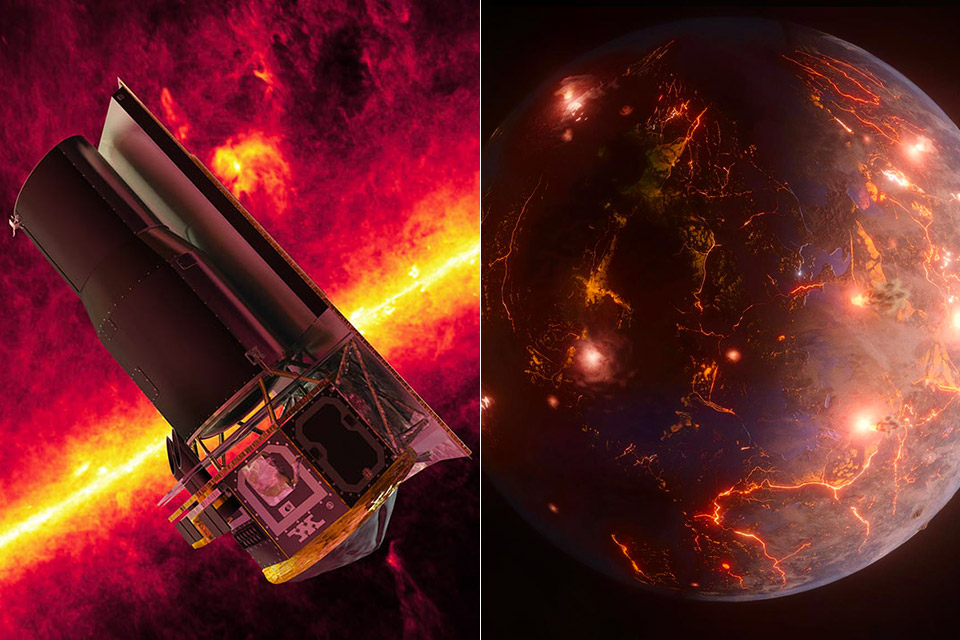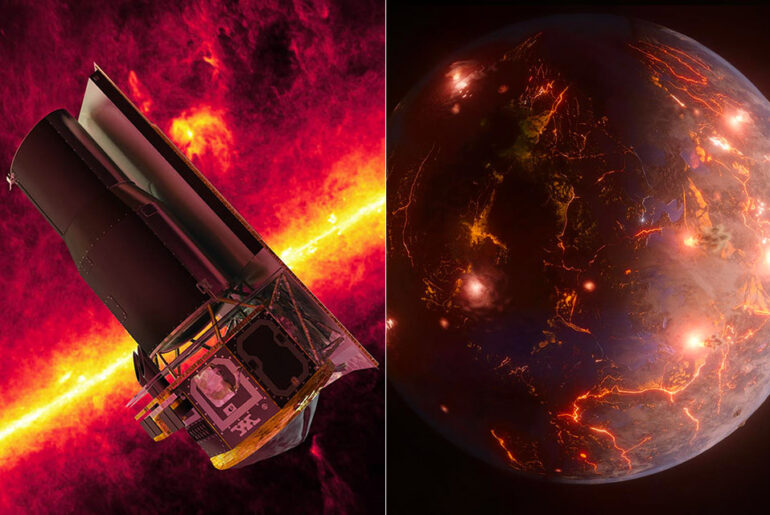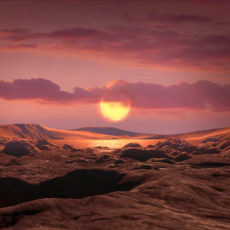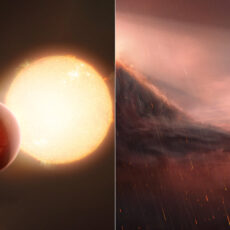
NASA’s Spitzer Space Telescope and TESS (Transiting Exoplanet Survey Satellite) collected data on an Earth-sized planet, called LP 791-18 d, that may be covered in volcanoes. It orbits a small red dwarf star located approximately 90 light-years away in the southern constellation Crater and is only slightly larger than Earth.

LP 791-18 d lies on the inner edge of the habitable zone, or where liquid water could exist on its surface. If the data collected on the planet is accurate, this geologically active world could maintain an atmosphere. Temperatures could drop enough on the planet’s night side for water to condense on the surface, and there could possibly even be lifeforms that thrive in such an environment.
- LEGO NASA Space Set - This adult LEGO set features the Space Shuttle Discovery and the Hubble Space Telescope from NASA’s 1990 STS-31 mission,...
- Solar System Exploration - Unlock the mysteries of our solar system with this engaging 2,354-piece project, packed with authentic details and...
- Shuttle Features Galore - The space shuttle model has an opening payload bay, retractable landing gear, opening cockpit, moving elevons, space arm,...
LP 791-18 d is tidally locked, which means the same side constantly faces its star. The day side would probably be too hot for liquid water to exist on the surface. But the amount of volcanic activity we suspect occurs all over the planet could sustain an atmosphere, which may allow water to condense on the night side,” said Björn Benneke, Astronomy Professor at iREx.








